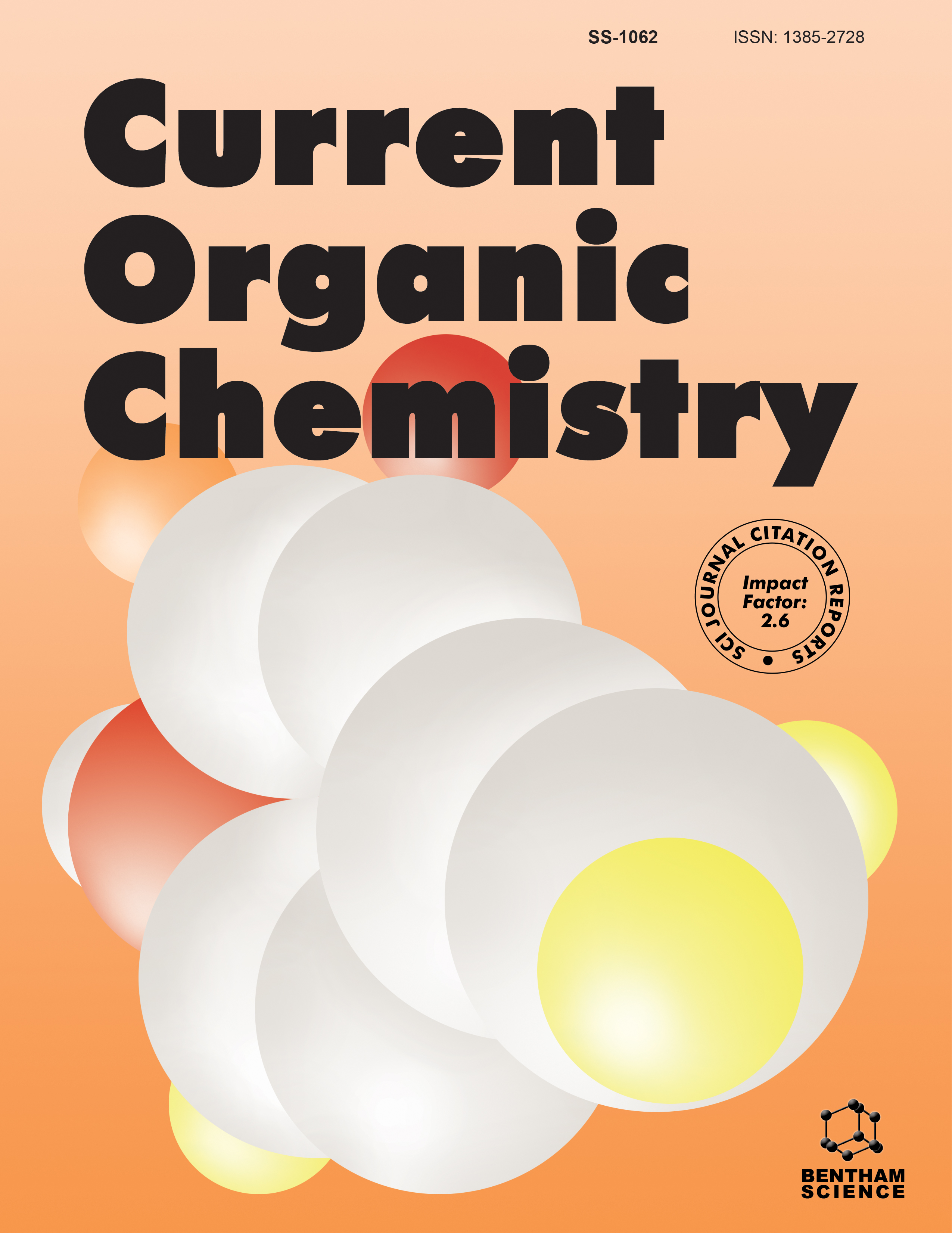
Full text loading...
We use cookies to track usage and preferences.I Understand

In India, Ichnocarpous frutescens Linn R. Br. (I. frutescens) is a woody climbing shrub belonging to the Apocynaceae family. Tribes traditionally use it as a substitute for Indian Sarsaparilla (Hemidesmus indicus) to treat conditions such as delirium, convulsions, atrophy, diarrhea, measles, splenomegaly, tuberculosis, tumours, and diabetes. It has also been used as a lactagogue, antipyretic, demulcent, diaphoretic, and skin moisturizer. This study aimed to gather information on the phytochemistry, traditional applications, and pharmacological properties of I. frutescens. Various scientific studies have evaluated their phytochemical components and therapeutic potential. Phytochemical studies have identified 28 compounds, including triterpenes, flavonoids, phytosterols, and other phenolic compounds. Several pharmacological effects of plant extracts have been documented, including anticancer, antiurolithiatic, hepatoprotective, antioxidant, analgesic, antipyretic, anti-inflammatory, antidiabetic, and antihyperlipidemic activities. Additionally, this review examines the biological mechanisms underlying these pharmacological actions, emphasizing the potential therapeutic applications of the plant. By consolidating the current knowledge, this review serves as a valuable resource for further research and potential utilization of I. frutescens in modern pharmacotherapy, paving the way for future studies to explore its full range of effects and uses.

Article metrics loading...

Full text loading...
References


Data & Media loading...